UNWGEID and the 1992 UN Declaration on Disappearances
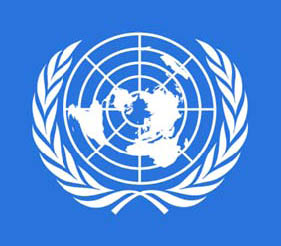 Abridged
Version of the Speech of Ms. Mandira Sharma delivered during the 30th
Anniversary of the UN Working Group on Enforced or Involuntary
Disappearances 5 November 2010
Abridged
Version of the Speech of Ms. Mandira Sharma delivered during the 30th
Anniversary of the UN Working Group on Enforced or Involuntary
Disappearances 5 November 2010
Chairperson, Excellencies, Ladies and Gentlemen,
I have been asked to speak about the United Nations Working Group on
Enforced or Involuntary Disappearances (UN WGEID) and the 1992 UN
Declaration on the Protection of All Persons from Enforced or
Involuntary Disappearances (the Declaration). Now that we are all
expecting the International Convention for the Protection of All Persons
from Enforced Disappearance (The Convention) to come into force, I feel
like giving a eulogy. But this would be entirely wrong, as I strongly
believe that the Declaration lives on in the Convention and in the day
to day practice of numerous human rights defenders around the world. I
believe the WGEID and the Declaration have done a great service to human
rights over the last three decades, for which we are all very grateful.
I particularly want to salute the WGEID’s practice of adopting General
Comments on the Declaration, which have assisted us time and again to
more forcefully advocate for specific measures for the prevention,
investigation and prosecution of perpetrators of enforced disappearances
which are to be taken by governments.
To demonstrate my point, I would like to focus on just one specific
article in the Declaration which I know my colleagues in Nepal, as well
as friends and human rights defenders in the rest of Asia, have found
tremendously helpful. This is Article 17 and the General Comments of
2000 relating to it. The way in which the Declaration and the WGEID in
its General Comment explicitly define disappearances as “a continuing
offence” is something for which many lawyers and relatives of the
disappeared are indebted to.
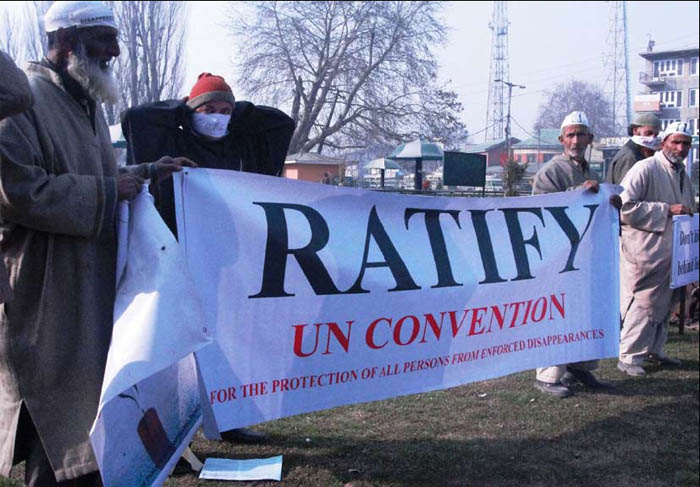
In Asia, before the WGEID was established and before the Declaration
came into being, we always thought of disappearances as a Latin American
phenomenon. This is not because disappearances were not happening in
Asia, but we did not characterize them as a regional phenomenon. Thanks
to the WGEID and the Declaration that we were able to highlight our
concerns more strongly and name them as among the most egregious
violations of human rights.
We felt the need for organizing ourselves and expose the patterns of
disappearance in Asia by forming the Asian Federation Against
Involuntary Disappearances (AFAD). Solidarity with similar associations
in other regions such as FEDEFAM, FEMED, We Remember Belarus has
given us the strength to continue our struggle in establishing truth and
attaining justice. Together under the International Coalition Against
Enforced Disappearance (ICAED), we continue to campaign for the
ratification of the Convention. In the course of this work, we lost one
of our colleagues, Patricio Rice, who was the focal person of ICAED.
The practice of disappearance is not a past phenomenon in Asia. It has
continued up to this date. The AFAD continues to receive cases of
ongoing disappearance from Southern Thailand, Northern part of
Philippines, Kashmir, Pakistan and Sri Lanka. In addition to this, we
continue to struggle for establishing the truth of disappearance that
took place years ago. More than 60,000 people are thought to have
disappeared over the past two decades, both in the context of the war
with the Tamil Tigers and during the Janatha Vimukthi Peramuna
insurrection of the late 1980s. The fact that the Working Group visited
Sri Lanka three times and raised concerns about these violations has,
from the outset, made it impossible for the government to deny knowledge
of disappearances in the country. In India, hundreds are known to have
disappeared in Punjab as well as in Kashmir, Andhra Pradesh, the
Northeast and, most recently, in Chhattisgarh. Since the peak of the
insurgency in Kashmir in 1989, some 8,000 people have reported to be
disappeared at the hands of Indian security forces. Last year, the
Association of Parents of Disappeared Persons (APDP) published a report
about 2,900 mass graves in 18 villages near the line of control,
dividing Kashmir between India and Pakistan.
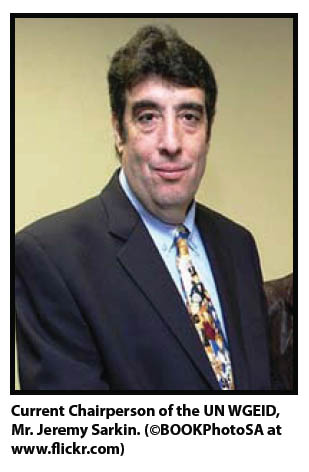 We
are very much helped by the continuing work of the WGEID in relation to
these cases in the region. In Nepal, particularly, we, human rights
defenders and the families of the disappeared were very much helped by
the work of the WGEID. Having the Group’s reporting to the then
Commission on Human Rights in both 2003 and 2004 that Nepal had the
highest number of disappearances firmly placed the situation in my
country on the international community’s agenda. It has become a serious
embarrassment to the government. It certainly also helped us to advocate
for the establishment of an Office of the High Commissioner for Human
Rights (OHCHR). As the UN became involved in the crisis in Nepal, the
number of human rights violations notably decreased. The OHCHR’s field
presence in the country since May 2005 continues to give immediate
positive impact on our human rights situation, as evidenced by the
decrease in the number of disappearances and extrajudicial executions in
Nepal.
We
are very much helped by the continuing work of the WGEID in relation to
these cases in the region. In Nepal, particularly, we, human rights
defenders and the families of the disappeared were very much helped by
the work of the WGEID. Having the Group’s reporting to the then
Commission on Human Rights in both 2003 and 2004 that Nepal had the
highest number of disappearances firmly placed the situation in my
country on the international community’s agenda. It has become a serious
embarrassment to the government. It certainly also helped us to advocate
for the establishment of an Office of the High Commissioner for Human
Rights (OHCHR). As the UN became involved in the crisis in Nepal, the
number of human rights violations notably decreased. The OHCHR’s field
presence in the country since May 2005 continues to give immediate
positive impact on our human rights situation, as evidenced by the
decrease in the number of disappearances and extrajudicial executions in
Nepal.
We also found the visit by the WGEID in December 2004 to be extremely
helpful. The recommendations in the subsequent report remain invaluable
to us up to this day. For instance, the WGEID recommended that the
Supreme Court consider a more active application of its inherent
contempt power to hold accountable and punish officials who are not
truthful before the Court. Regardless of its more robust performance
since the end of the conflict, the Supreme Court bears considerable
responsibility for not setting strict limits on state behavior during
the period of the armed conflict. We thank the WGEID for highlighting
this shortcoming. Weak sanctions for perjury and contempt of court in
law exacerbate the problem. But as the WGEID said, the court has
inherent powers that it should use more actively. Despite obvious and
repeated lies and misinformation from the security forces and government
authorities, no one has ever been prosecuted or otherwise disciplined by
the courts for perjury. This contributes to the prevailing sense among
security forces that they are above the law and of course reinforces the
prevailing impunity.
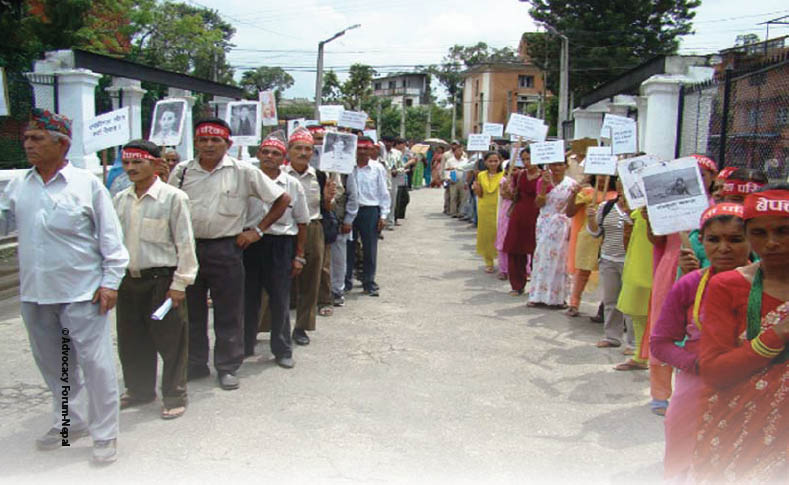
There are, however, some positive signs. In June 2007, Nepal’s Supreme
Court ruled on 83 habeas corpus writs, and ordered the government to
immediately set up a commission of inquiry to investigate all
allegations of enforced disappearances and to provide interim relief to
the relatives of the victims. The court ordered that the Commission of
Inquiry must comply with international human rights standards. However,
to date, this order to set up a commission of inquiry has not been
implemented. The Supreme Court and courts of appeal have also repeatedly
ordered police and public prosecutors to investigate individual
complaints of disappearances and other violations from the conflict
period. Quite recently, the Supreme Court imposed legal strictures on
the Nepal Police and Attorney General’s Department (as institutions) for
their lack of rigor in investigations. The police and other authorities,
however, are still not complying with court orders. Even if the
punishment itself is little more than symbolic, I would argue that it
will have considerable impact.
Allow me now to focus in more detail on Article 17 of the Declaration,
which as you all know, says that “Acts constituting enforced
disappearance shall be considered continuing offence as long as the
perpetrators continue to conceal the fate and the whereabouts of persons
who have disappeared and these facts remain unclarified.”
As explained by the WGEID in its General Comment of 2000, the definition
of “continuing offence” is of crucial importance for establishing
the responsibilities of State authorities. The article is intended to
prevent States from reneging on their duty to provide full redress to
the families of the disappeared, including by explicitly ruling out that
perpetrators of those criminal acts take advantage of statutes of
limitations. This goes to the heart of the human rights problems in
Nepal and so many other countries – that of widespread and systematic
impunity. We are fighting to have those responsible brought to justice,
but face considerable hurdles, both in law and in practice.
As of today, all Asian countries lack legislation criminalizing
disappearances. For several years now, we have been pushing governments
to put in place such legislation, and set out procedures for
investigations that will both identify and punish those responsible and
also result in the release of the disappeared person, if alive, or the
return of their body and reparation for victims of enforced
disappearance who are subsequently released and for their families who
have to suffer so much due to the uncertainty and anguish that
disappearances cause.
In Nepal, we are also advocating for a commission of inquiry into
disappearances, as provided for in the peace agreement of 2006. We do
not see this as a substitute to what I have just discussed and we are
only pushing for it provided it conforms to international standards. The
initial draft was extremely problematic, with the definition of
disappearances falling far short from the one in the Convention. It has
now been changed subsequently because of the pressures from the civil
society and the family members of disappeared persons. A new version of
the bill is currently filed before the Legislative Committee of the
Parliament. This also has some problems such as the provision that
complaints will have to be filed within six months of the promulgation
of the Act. To strengthen our position, we have been working with the
members of the Parliament to have this provision amended and have been
able to draw on the work of WGEID and the provisions of the Declaration,
its General Comments and the Convention. Whether or not we will be
successful remains to be seen.
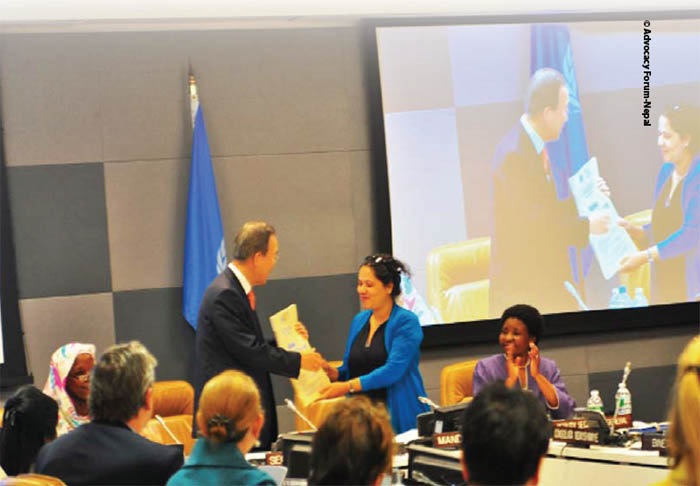
Similarly, following extensive criticisms from civil society and the
international community, the Peace and Reconstruction Ministry has
reviewed a bill to set up a Truth and Reconciliation Commission which
had initially provided for the possibility of amnesty for a wide range
of crimes, including crimes against humanity. We were able to get these
provisions amended, and though amnesty is still provided for in the
Bill, it is now explicitly ruled out for grave human rights violations
including disappearances.
We have some way to go before both these commissions will be set up, and
have to practice extreme vigilance to avoid some people in Nepal using
the concept of reconciliation to prevent meaningful investigations into
violations and/or abuses committed both by the Maoists and the security
forces.
We all hope that the Convention and the Committee on Enforced
Disappearances that will monitor state compliance of the treaty will be
able to be as innovative as the WG has been and continues to be. In
particular, we believe that the Convention will be a strong tool to
break through the climate of impunity. It will be important to not only
consider prosecutions as such but consider a wider range of innovative
measures that can be taken to address this evil.
Working in the field, we see a huge gap between standards and practice.
How to mitigate this gap in realizing the right not to be disappeared
requires proactive, sustained and creative ways of engaging with state
agencies. Increasingly, non-state actors (such as the Maoists in Nepal)
are involved in abductions and disappearances and the State is too weak
to address these. We need to make sure that they are also held to
account.
Threat to human rights defenders, families of disappeared person is
another aspect that we need to respond to. The case of Munir, former
Chairperson of the AFAD, is emblematic to what human rights defenders
face on the ground….
Thank you.
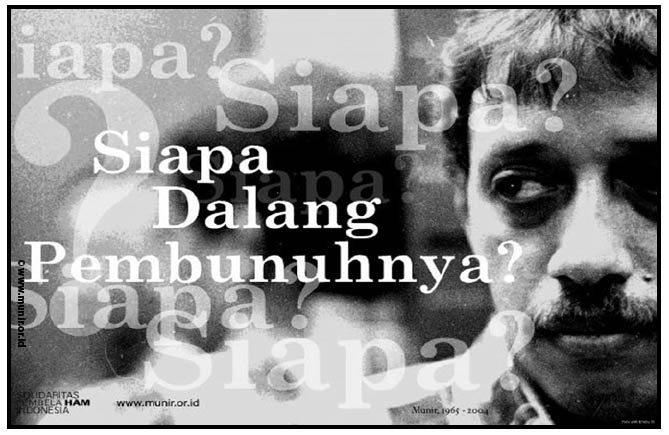

Mandira Sharma is currently the Executive Director of Advocacy
Forum-Nepal, a leading human rights organization in Nepal, and incumbent
Treasurer of the AFAD. Ms Sharma has carved a niche in the Nepalese
human rights arena and has been at the forefront of human rights
advocacy in Nepal since past 15 years. Ms Sharma is a recipient of many
awards including “Human Rights Defender Award” from Human Rights Watch.